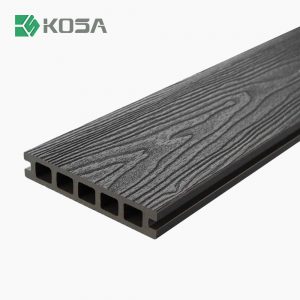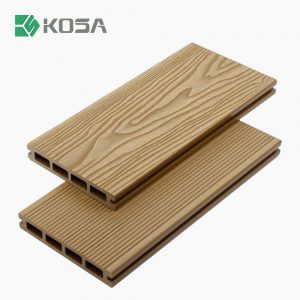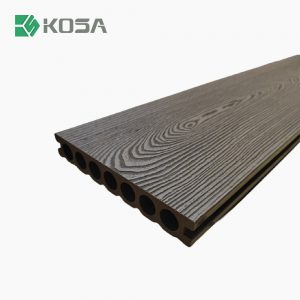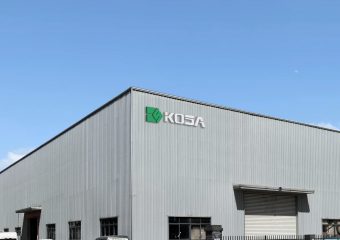As a resource recycling, green and environmentally friendly material, wood-plastic composite material has excellent characteristics such as good dimensional stability, acid and alkali resistance, durability, easy processing and molding, low maintenance cost and reusability. In today’s society, Has been widely used. However, there is still a certain gap in the mechanical strength of wood-plastic composite materials compared with wood. Their mechanical properties are low, their toughness is poor, and they cannot meet the use requirements of structural components. These factors have restricted the development of wood-plastic composite materials. Therefore, improving the mechanical properties of wood-plastic composite materials has become a research hotspot. This paper reviews the methods of modified reinforced wood-plastic composite materials at home and abroad, and prospects the development of wood-plastic materials.

The main methods to enhance the performance of PVC wood-plastic materials are as follows:
- Melt blending improves mechanical properties: By blending with flexible polymers, such as low-density polyethylene, polyolefin elastomers and rubber particles, the toughness of wood plastic composite materials can be improved. In addition, reinforcing fibers, such as glass fiber, carbon fiber, basalt fiber, mineral wool, polyester fiber, etc., can also be used to further improve its mechanical properties.
- Adopt advanced manufacturing technology: For example,using micro-foaming technology and surface ASA co-extrusion technology, which not only improves the toughness and strength of the product, but also enhances its weather resistance.
- Improve interfacial compatibility: By chemically modifying wood fibers or plastics, the compatibility between the two can be improved, thereby improving the comprehensive mechanical properties of composite materials. This can be achieved by modifying wood fibers using reagents such as polyethylene glycol (PEG), NaOH, acetic anhydride, etc.
- Adding inorganic rigid particles: such as chlorinated polyvinyl chloride (CPVC), a resin that is of the same series as PVC and has good compatibility, can improve the heat resistance and mechanical properties of PVC plastic wood.
- Adding plasticizers: In order to increase the flexibility and ductility of PVC plastic wood, a certain proportion of plasticizers, such as phthalates, epoxy resins, sulfonamides, etc., are often added.
- Add fillers: Adding a certain proportion of fillers to PVC, such as inorganic fillers, organic fillers, etc., such as calcium carbonate, silicate, talc, etc., can improve the mechanical properties, heat resistance and resistance of PVC plastic wood. Impact performance.
To sum up, there are many ways to enhance the performance of wood plastic materials, involving raw material selection, blending modification, chemical modification, manufacturing technology and other aspects. The selection and application of these methods can be flexibly matched and optimized according to specific performance requirements and usage scenarios.





